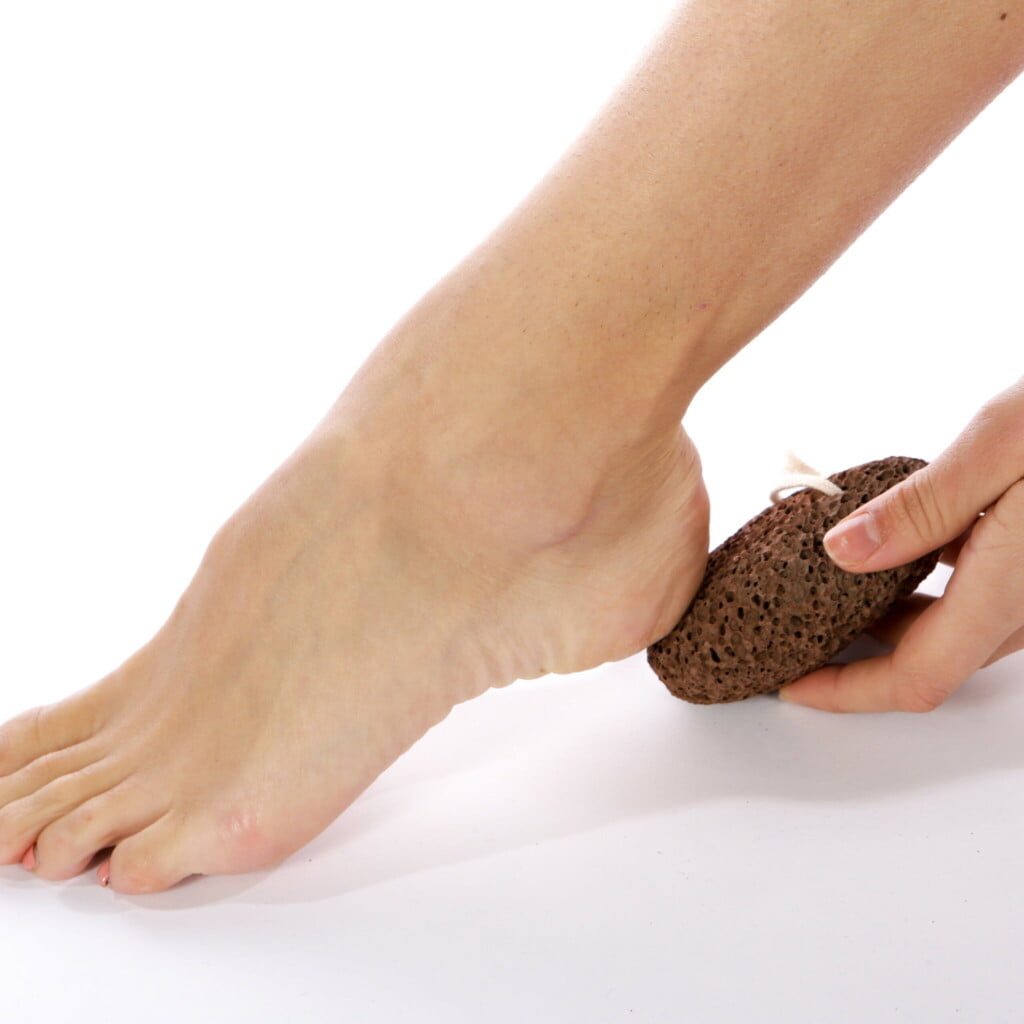Personal Care
Are Pumice Stones Bad for Your Feet?
Are pumice stones bad for your feet? We’ll tackle this question, along with what pumice stones are great at and not so good for, and who should and shouldn’t be using them.
So, are Pumice Stones Bad for Your Feet?
In a word, no, not in the vast majority of circumstances. Pumice has been used as a natural abrasive for centuries!
Some people shouldn’t use pumice stones, and they should only be used in certain ways to ensure safety. Many assume that they can actually even be bad for your feet! Rest assured, used properly there are all sorts of benefits to using pumice stones. It might take some care and practice but it’s well worth it in the long run.
First of all, people with diabetes, thin skin, poor circulation, numbness in their feet and on blood-thinning medication should not use a pumice stone. Diabetes often affects the feet so you need to take special care and not use pumice if you’re concerned about this. Thin skin can cause the pumice to cut you, as can poor circulation and numbness if you can’t fully feel how much pressure you are using.
Cutting yourself with a pumice stone is one of the main risks. This happens when people use too much pressure. It’s much better to scrub lightly but for longer, working up a rhythm as you go. Always soak the area in warm soapy water first so you don’t have to use so much force.
Another problem with pumice stones is that if they aren’t looked after properly then they become breeding ground for bacteria. Make sure to wash off and dry out your pumice between uses, give it a dip in an antibacterial solution, and swap them out regularly.
If you look after them, pumice stones will months. This all-natural material is extremely durable, sustainable, environmentally-friendly and effective for foot treatment. Don’t be put off by negative hype.
Pumice Stones Aren’t Bad for Your Feet if Used Correctly
It’s imperative to prep the area properly prior to using pumice! Soak your feet in warm – not hot – water first. Ideally, let them sit in the water for ten minutes. This will soften up the hard skin. It won’t be as bad for your feet because the skin will come off easier, with less rubbing, and it will speed up the whole procedure.
Use a firm but gentle scrubbing motion. Don’t scrub too hard. Remember to scrub lightly for longer for the best experience. If you feel pain or discomfort or there is bleeding then stop immediately. For thicker areas of dry skin, always take your time and space it out over multiple pumice sessions. It’s always better to more gradual and consistent!
Rinse and let your pumice stone dry out fully after use and look after it to prevent bacteria building up. Consider keeping your pumice stone somewhere other than you damp bathroom.
Replace your pumice every one to three months – check up on it regularly for wear and cracks.
Pumice stones are great to remove rough, dead, hard skin on your feet. And it’s easy to do as long as you take the time to do it correctly.


8 simple steps to the best shave
8 simple steps to the best shave possible